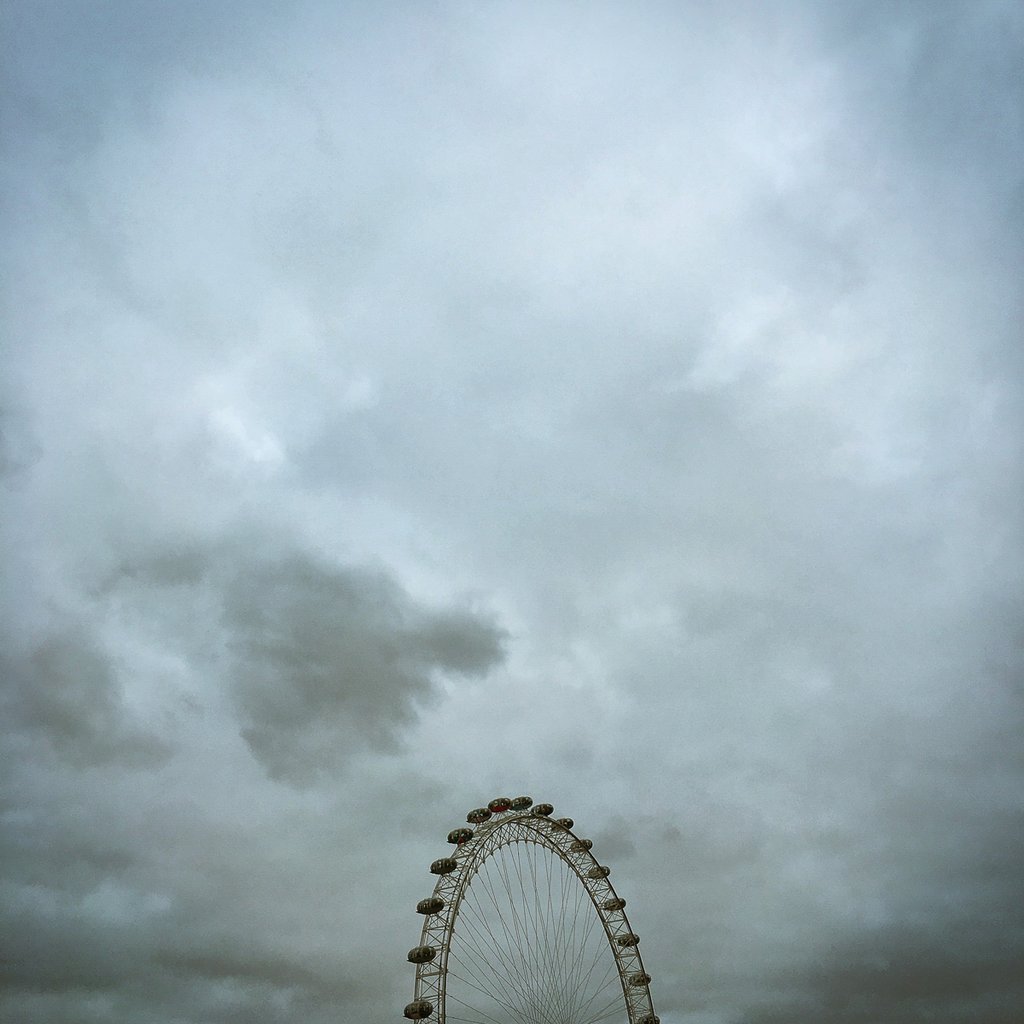In
Part I of this article, I discussed ways to begin questioning your broader vision as a photographer. That discussion focused on what I would call macro vision; it’s the way you see the world and the way that works itself into your photographs. But what about vision on a smaller scale—the image-by-image scale? How do you look at a scene and translate that scene into something that is photographically compelling?
1. Know What THAT is.
For most of us, a photograph is a means of visually pointing to something that lights a spark within us, and we use the language of the photograph to show others not only what we are looking at, but how we feel or think about it. I call this the “that.” I could also call it the subject, but too often people assume that by “subject” I mean the thing in the photograph: the person, building, or animal. That is so often not the case. It’s more likely the specific emotion or mood or gesture of the person. It’s the light that happens to be falling on the building, creating a great shadow. It’s the power or grace of the animal. Any photograph at all will capture the animal if that’s your subject. Point the camera. Press the shutter. But if it’s a photograph not just of the animal but about a particular aspect of that animal, then the light matters. The gesture matters. The choice of moment matters. The point of view, choice of lens, and shutter speed all matter. You can not make those choices until you know what the that is. What the true subject is, and what the photograph is about, not just of.
2. Know What You Think and Feel About THAT.
It’s not enough to know what your subject is. You have to reach deeper and know what you think or feel about that subject. Photography is a language, and great photographs are not great because the camera got used with great proficiency (although that helps). They are great because the visual language is used to say something, to convey a thought or a feeling or an experience. To raise a question. Writers use words. We use photographs. But we must first have something to say. These questions might be useful: “What do I think or feel about this? What do I want the reader of my image to think, feel, or experience?”
Got that? You’re one step closer to knowing your vision (or intent) for your photograph. Now what you need is a mix of the creative, the emotional, and the technical in order to explore that vision more and to express it.
3. Explore the Possibilities.
For me, the camera is a collaborative tool. Seldom do I know exactly how I think or feel about what I am photographing until I’ve been willing to explore that thing with the camera to my eye. It’s almost like an interrogation. Many questions are asked. “What if I do this, what if I do that? What if I look at it differently?” Nothing helps me discover my intent for a photograph more than the sketch images I make that eventually lead to that photograph. You need courage to do this and remain unattached to how the final photograph or body of work will look because to do otherwise is to be more committed to the expression of a vision or intent that is not yet fully understood or explored. This is the creative process—an iterative journey of one thing leading to another—and remaining open minded, humble, and curious as it happens. Just as our vision in macro matures or evolves as we do over months or years, so too can our vision, or intent, for the single image or body of work evolves and matures as we look closer, deeper, and from new angles.




Comments
Pingback: Donnerstags-3er: Streetfotografie gibt es nicht, Was ist deine Vision? und etwas für die Kommandozeile – Tilman Köneke